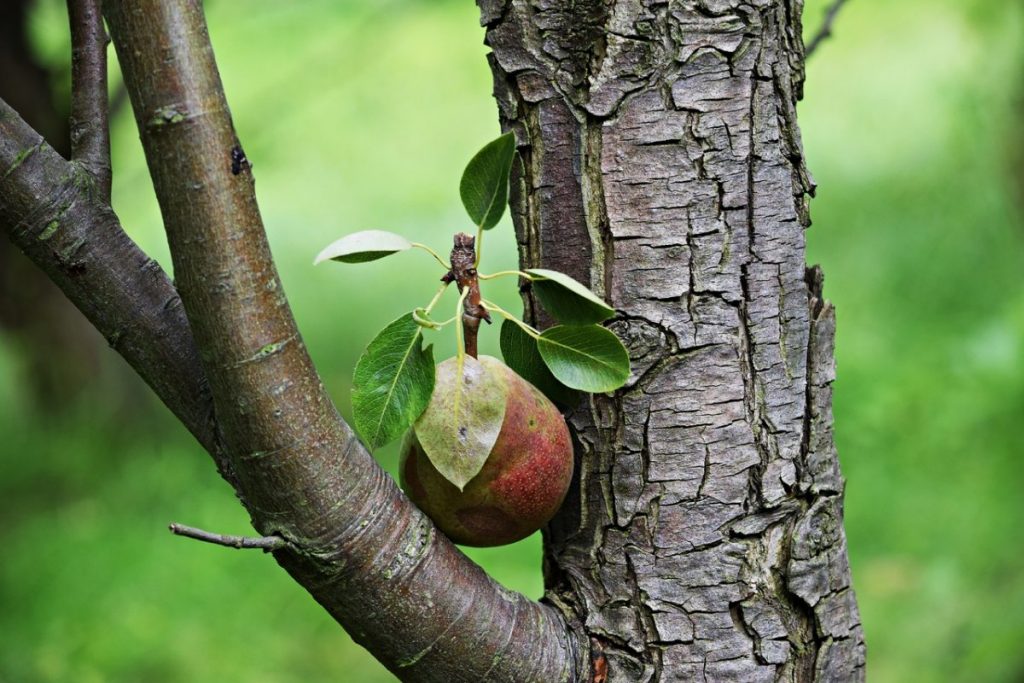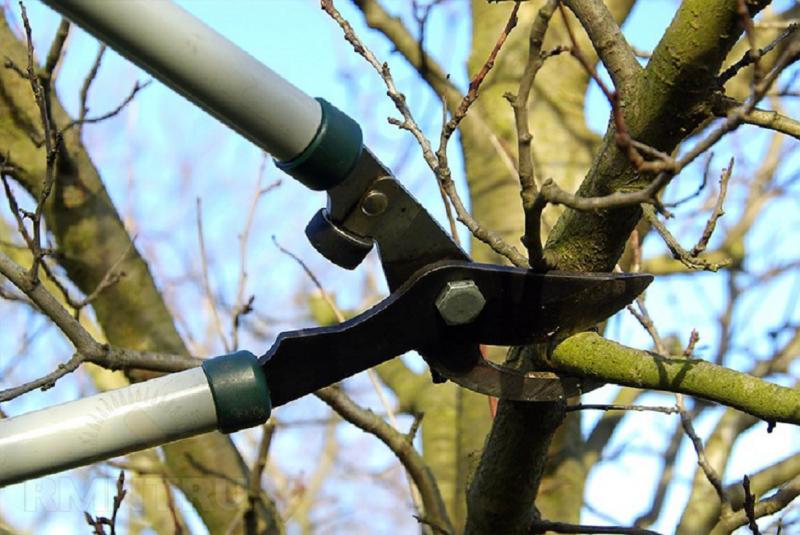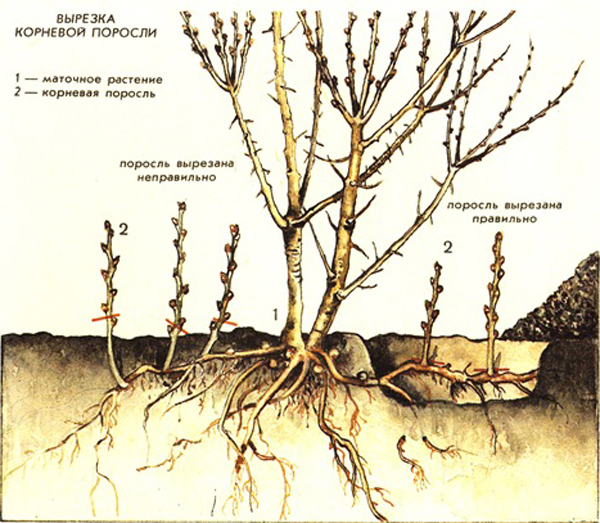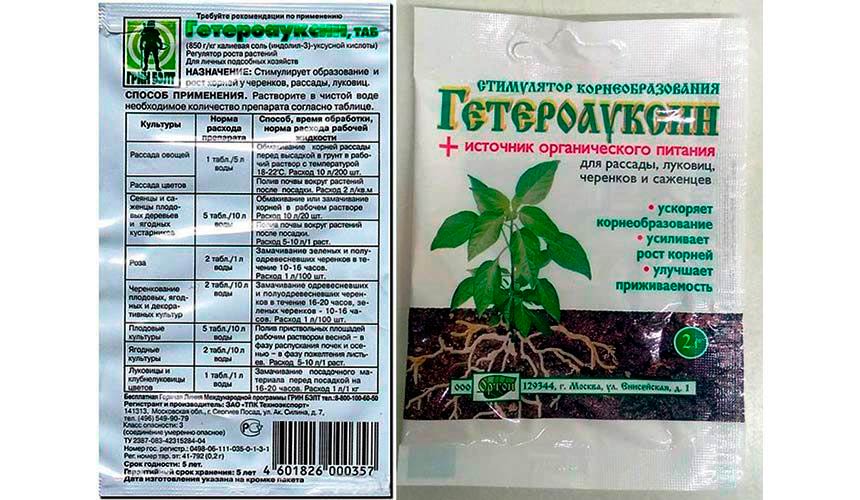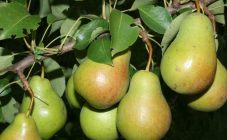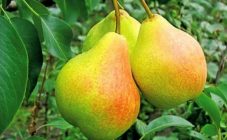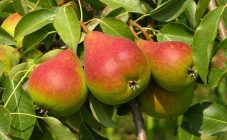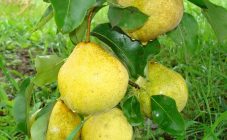Content:
The pear is one of the most weather-dependent fruit trees. Young plants are especially vulnerable. An incompletely developed root system suffers at the first frost, if there is little snow. February brings suffering to the bark of seedlings - high solar activity, combined with daily temperature fluctuations, causes cracking. May return frosts have a detrimental effect on the kidneys. Novice gardeners urgently have to solve the problem - the pear is frozen, what to do in this case.
Pear is frozen - what measures to take
First of all, in the spring, they check whether young trees are frozen or not, and assess the damage.
How to determine that a seedling is frozen
The main signs of freezing of a tree:
- The bark of the trunk and shoots darkened.
- Frost cracks appeared on the trunk - longitudinal cracks of various depths.
- The core of the branches, the trunk changes color from light beige, almost white, to brown, brown.
If these signs are found on seedlings, you need to assess the degree of damage. To do this, cut off a piece of bark and look at the color of the cambium. If it is green, the tree has received damage, in which it can still be saved. The place where the bark is cut is immediately disinfected with brilliant green, covered with garden varnish or paints on a natural basis - ocher, red lead, water-based or oil.
The dark brown cambium is a sad sign, and resuscitation is rarely successful. It depends on the condition of the roots. Therefore, immediately after thawing the soil, it is dug up, an incision is made on the bark of the roots. If the color of the wood is healthy, they start saving the seedling. Black wood means the tree will have to be removed.
With the onset of steadily warm weather, the following signs of the death of a young pear appear:
- the kidneys do not open;
- the bark shrinks, cracks;
- the fabrics under the bark are dark, moist, with a rotten smell.
Saving young trees
Pruning is the main resuscitation measure for seedlings, this is exactly what you need to do if the pear is frozen. They spend it when the weather is warm: in April-May. The work is facilitated by the fact that the damaged shoots and areas are already clearly visible.
They are cut out with a sterile instrument, avoiding leaving large wounds, they will heal for a very long time, which can lead to a serious pear disease - black cancer.
Then all sections are treated with 3% copper sulfate, a pink solution of potassium permanganate, brilliant green, and covered with garden varnish. Since wounds on trees heal better in the absence of light, all sections are bandaged with special paper.
Frostbones are treated in the same way as slices. Large cracks are covered with "plasticine" made of clay mixed with mullein 1: 1. Then they are wrapped in burlap, on top of which a plastic wrap is applied. The resuscitation is completed with abundant watering of young trees with clean water without any additives. After watering, the trunks are covered with a thick layer of humus, it will retain moisture and loosen the soil.
What to do if shoots appear
A surviving tree will certainly sprout new shoots, but they turn out to be of different quality. If the pear is frozen, the shoots have gone, what to do next is determined by the appearance of the young growth, the presence of vaccination, the state of the crown.
The root growth has gone, but the crown does not look good
The overgrowth indicates that the root system as a whole has not been affected. Crown leaves are small, growth is weak. Usually, in this case, the color of the wood on the cut differs from the healthy one by the presence of brown or blackened spots. The case is not fatal; with good care for several seasons, the tree will fully recover.
But you need to consider whether the tree is grafted or not. If the seedling was grafted, the root shoots will not give the desired variety, they are cut out mercilessly.
An unvaccinated tree can be left with 1-2 offspring from among those that are fully ripe by the fall: a recovering tree requires particularly careful care, so the importance of the variety should be appreciated. It is easier to purchase a new, healthy seedling instead of nursing a sick person, or use root suckers to form a crown.
Tops appear
Top shoots are usually accompanied by weakening of the crown, poor development of buds - fruit and growth. The damaged crown is cut off, a new one is formed from the tops. Fat shoots are selected from among the strongest.
Caring for damaged pear seedlings
If a pear seedling is frozen, what to do with it, except for pruning - a frequent question for novice gardeners. It is not enough for the affected trees to just cut off the frozen branches. Throughout the growing season, they require increased attention.
The first treatment is carried out before bud break with Bordeaux liquid (2%) or fungicides ("Cupratsin", "Skor"). With the activation of insects, the seedlings are sprayed with karbofos, "Karate", folk remedies (infusions of garlic, weeds, etc.).
The affected trees are sprayed with urea (0.5%) before the buds open. Repeat with a weaker solution (0.2%) when the leaves unfold.
Top dressing of pear seedlings is carried out according to the usual regulations, strictly observing the recommended dosage of fertilizers.
Also, the irrigation schedule is strictly observed, young trees, especially when recovering from freezing, need more moisture than under normal circumstances.
Freezing causes, prevention
The main reasons why the pear and its seedlings freeze are not severe frosts, which seems strange. There are only two of them:
- Wrong variety selected. In pursuit of exoticism, gardeners often acquire seedlings of exotic pears that are not adapted to growing in a given area.
- Incorrect preparation of young trees for winter, or its complete absence.
Rules for preparing young pears for winter so that they do not freeze:
- Whitewash. The procedure protects against sunburn, typical for the second half of winter, leading to cracking of the bark and subsequent freezing of tissues. The seedlings are whitened completely, from the base of the trunk to the top.
- Moisture-charging irrigation.Shortly before the onset of the final cold weather, the seedlings are watered abundantly. Insufficient moisture contributes to frostbite. However, you should not be zealous: excess moisture can tear the tissue of thin branches in severe frosts. For young trees, it is enough to add 4 buckets of water if the autumn is dry. With moderate precipitation, 2-3 buckets are poured, and with frequent heavy precipitation, it is not necessary to charge the soil with moisture.
- Tying branches. Relevant for areas with strong winter winds. The measure will protect the shoots from breaking off.
- Rodent protection. The lower part of the trunks is wrapped with any covering material or covered with spruce branches. Due to damage to the bark, which mice or hares eat, the wood of seedlings often freezes completely
- Mulching with peat, sawdust, humus. A layer of organic mulch 10-12 cm does not allow the still weak roots to freeze.
Experienced gardening tips
It is often difficult to determine the extent of damage in young seedlings. You can do the following: in the spring, when return frosts are no longer threatened, they are spilled with hot water (about 40 ° C). If the root system is not affected, such watering will accelerate the swelling of the kidneys. This will help you quickly determine what and how to do with the tree.
Heteroauxin is added to the paint for covering the sections, which promotes rapid healing. The drug is added at the rate of 0.5-0.7 g / kg.
Adding a few drops of root growth stimulants to the irrigation water helps the affected seedlings grow stronger faster. For spraying the crown use "Zircon" or "Citovit". Stimulants are used 1-2 times per season. The procedure will help the trees better prepare for the next winter.
Before winter, the seedlings are fed with a specialized fertilizer "Autumn", which increases their resistance to low temperatures.
Even an experienced gardener estimates the degree of damage caused to seedlings by cold weather only by the middle of summer. But the fight for trees should not be stopped even for a day. Having correctly estimated what and how to do with the frozen seedling, a young tree can be saved and after a couple of years enjoy the juicy fragrant fruits.
